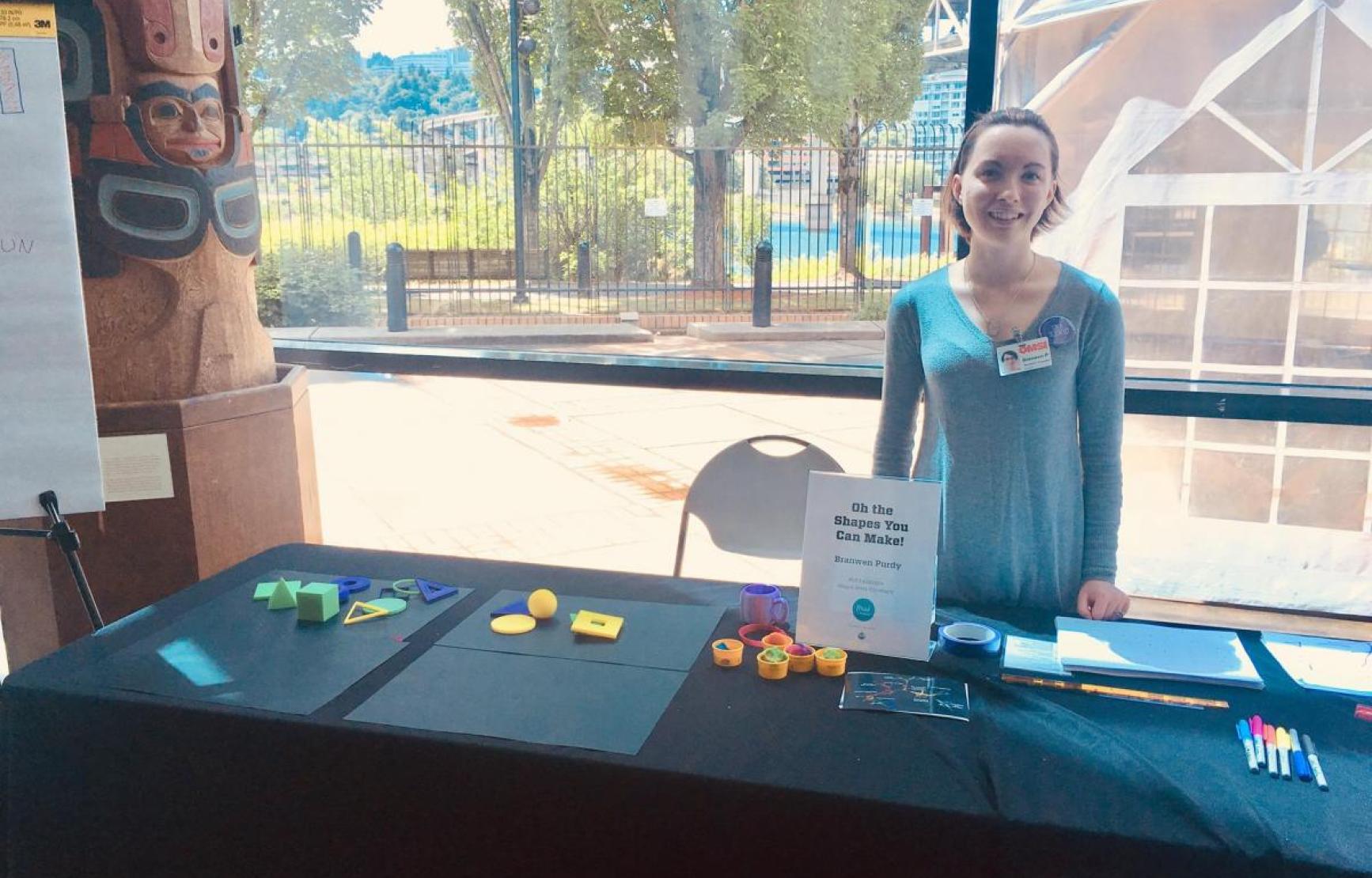Join us for these events hosted by the Department of Mathematics, including colloquia, seminars, graduate student defenses and outreach, or of interest to Mathematicians hosted by other groups on campus.
On a question of WunderNatur
Speaker: Jon Kujawa
The symmetric group has been the object of study since forever. Nevertheless, there are still new things to say. Using the commutator, you can view the group algebra of the symmetric group as a Lie algebra. In 2003, Marin described this Lie algebra as well as the subalgebra generated by the transpositions. Since the symmetric group naturally splits into even and odd permutations, you can also ask about the graded version of the commutator. This makes the group algebra into a Lie superalgebra. In 2023, Chris Drupieski and I obtained the super analogue of Marin’s results. I’ll aim to give a high-level overview of the questions, techniques, and answers that show up. Read more.
